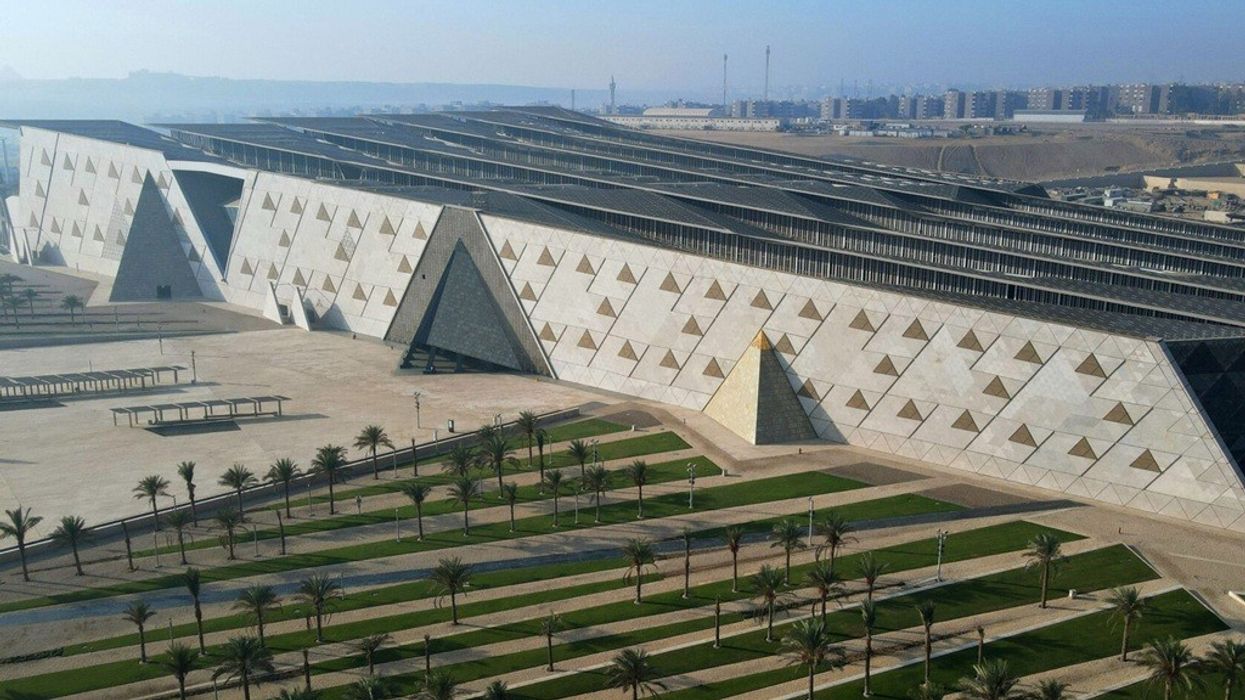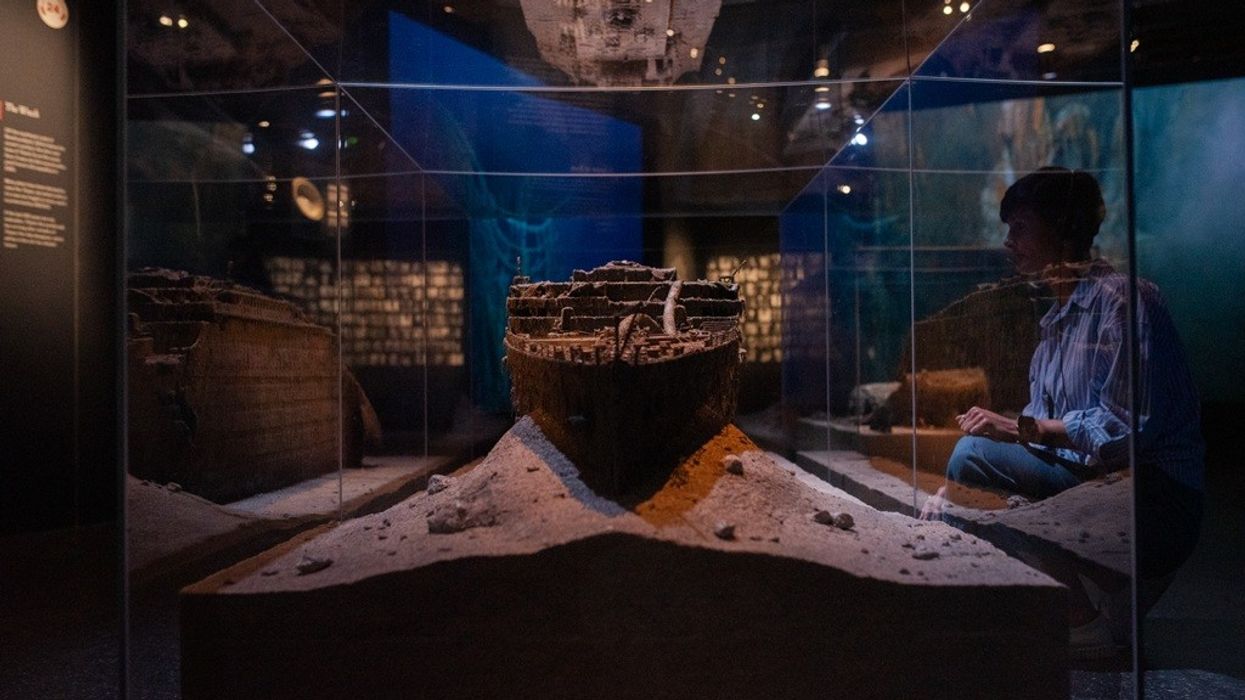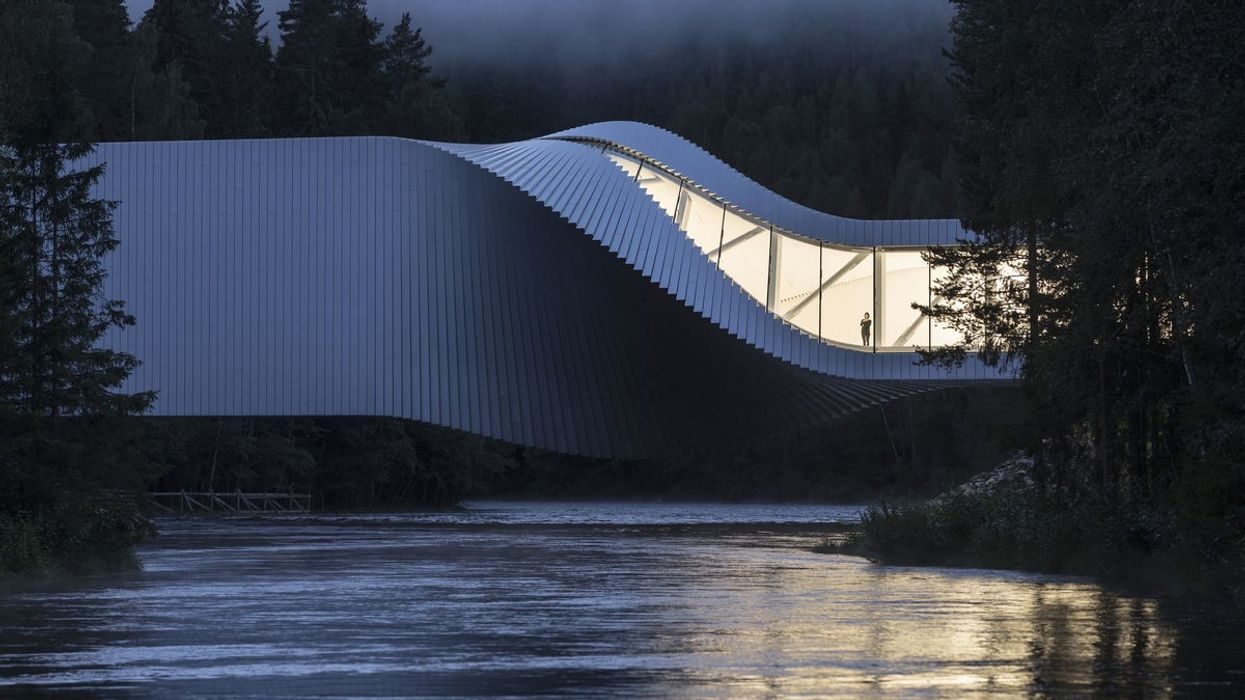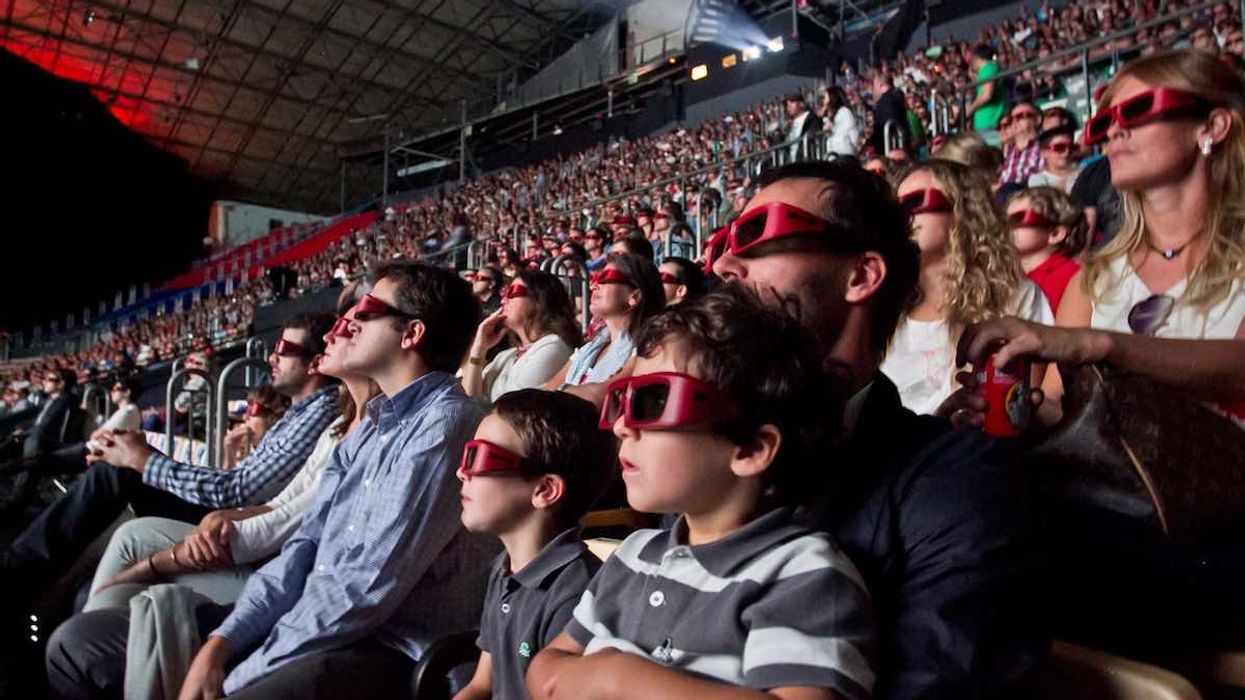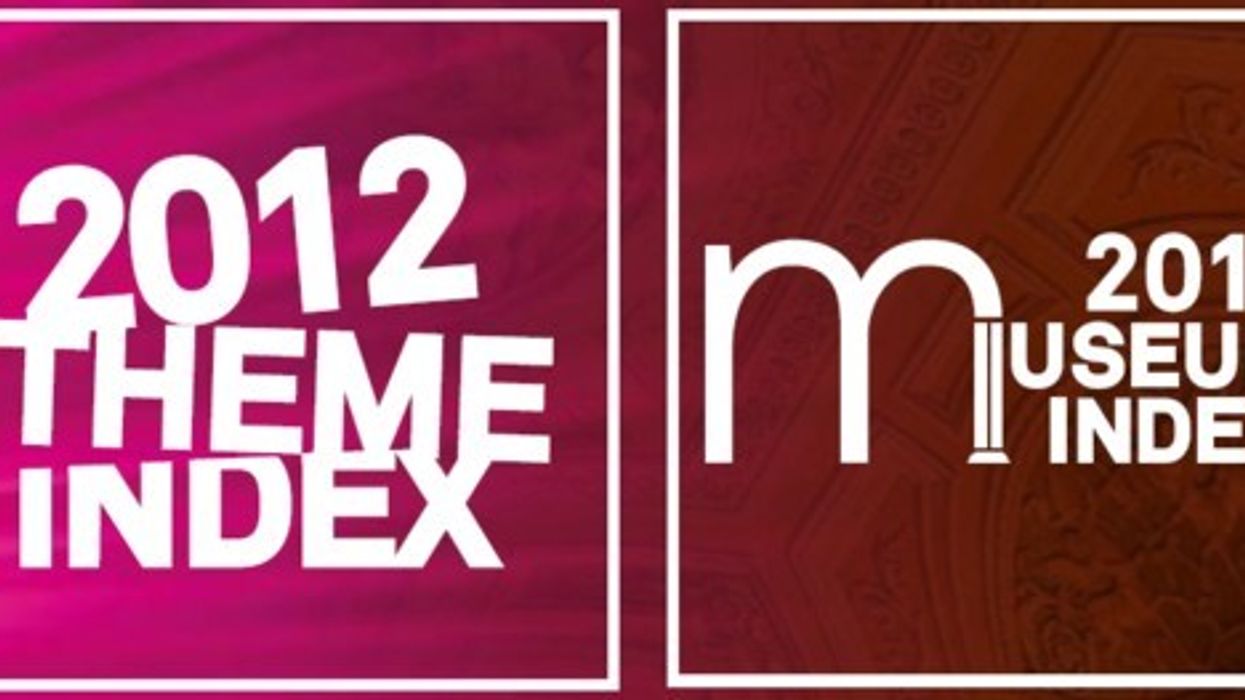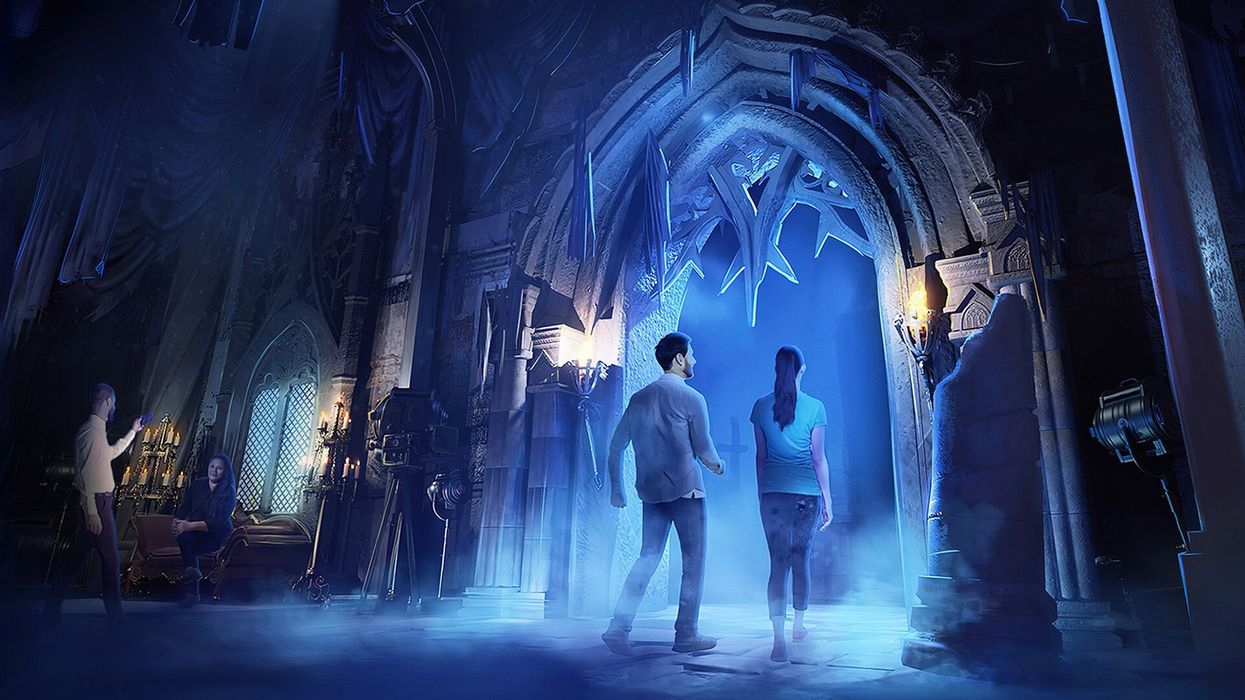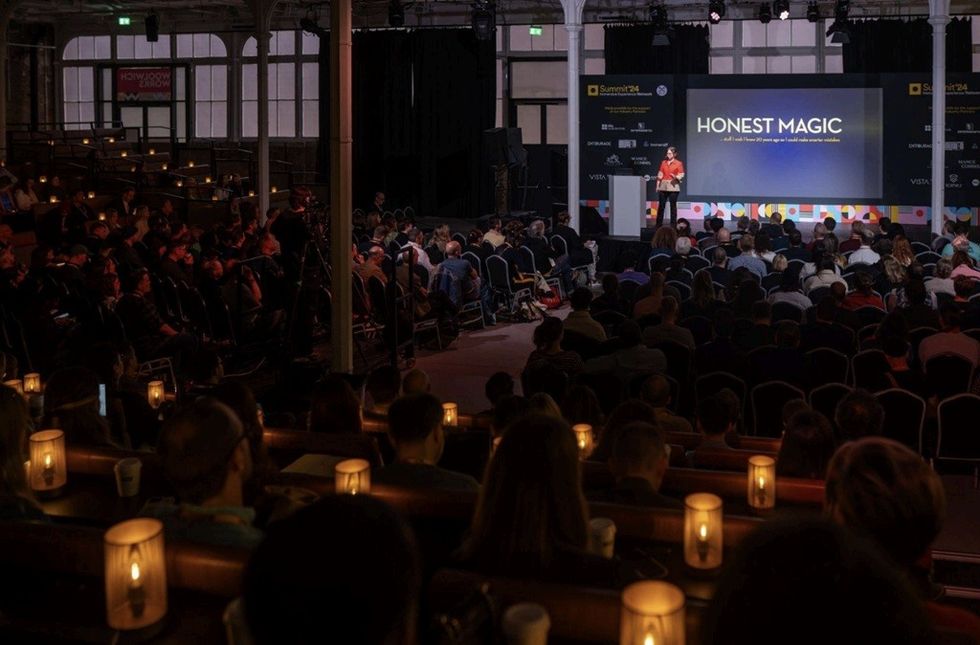Goppion, a leader in the design, construction, assembly and installation of cutting-edge display cases and installations, has shared details of its work to design, manufacture and install display cases for a number of galleries at the Grand Egyptian Museum (GEM), which opened on 1 November.
The enormous GEM complex is located at the foot of the Pyramids of Giza, and spans over 500,000 square meters.
With a collection of more than 100,000 artefacts, it is the largest museum in Egypt and one of the world’s leading centres for scientific, historical and archaeological study.
In 2017, Goppion was chosen through an international competition to design, manufacture, and install display cases in several galleries.
Its contribution to GEM is based on an interdisciplinary approach that integrates expertise in microclimate control within display cases, materials engineering, airtightness optimisation, and long-term exhibition design.

Complex requirements
For almost a decade, Goppion served on the international team that brought this significant museum to life.
It collaborated with clients and exhibition designers, notably working closely with exhibition design firms Atelier Brückner, Haley Sharpe Design and Cultural Innovations.
The complex project required vast resources, the production of hundreds of display cases, and the ongoing development of custom-made technical solutions calibrated to the physical-chemical nature and specific vulnerabilities of each artefact to ensure optimum stability and long-term preservation.
A highlight is the Tutankhamun Gallery, which showcases around 5,000 objects from his tomb and marks the first time the entire collection has been publicly displayed together.
Goppion’s contributions include 50 bespoke cases for this gallery, including an enormous display case for five gold chariots, measuring 12 m x 5 m x 3 m.
Artefacts such as the chariots represent edge cases for contemporary museum conservation involving heterogeneous natural materials, which are highly perishable and of exceptional historical and symbolic value.
In another example, for a ceremonial ostrich-feather fan with an ivory handle decorated with gold and lapis lazuli, Goppion designed a modified-atmosphere display case that is entirely oxygen-free and calibrated based on in-depth analysis of the organic and mineral components.
Patented technologies
For the 12 main galleries, Goppion has produced an additional 72 customised, modular, conservation-grade museum display cases of varying dimensions.
The company performed engineering, prototyping, production and installation for all display cases, with a focus on technical solutions that enhance both legibility and sustainability.
Developed in accordance with the highest international standards for museum conservation, Goppion’s cases feature optically neutral, fully transparent glass; extremely airtight structures (as low as 0.1 AER); integrated microclimate control systems (both active and passive) with centralised and remote monitoring and adjustment capabilities; invisible opening mechanisms; and anti-vibration mounting systems.
These solutions meet strict conservation standards to preserve delicate organic materials, such as feathers, wood, and textiles; metals; and other materials.
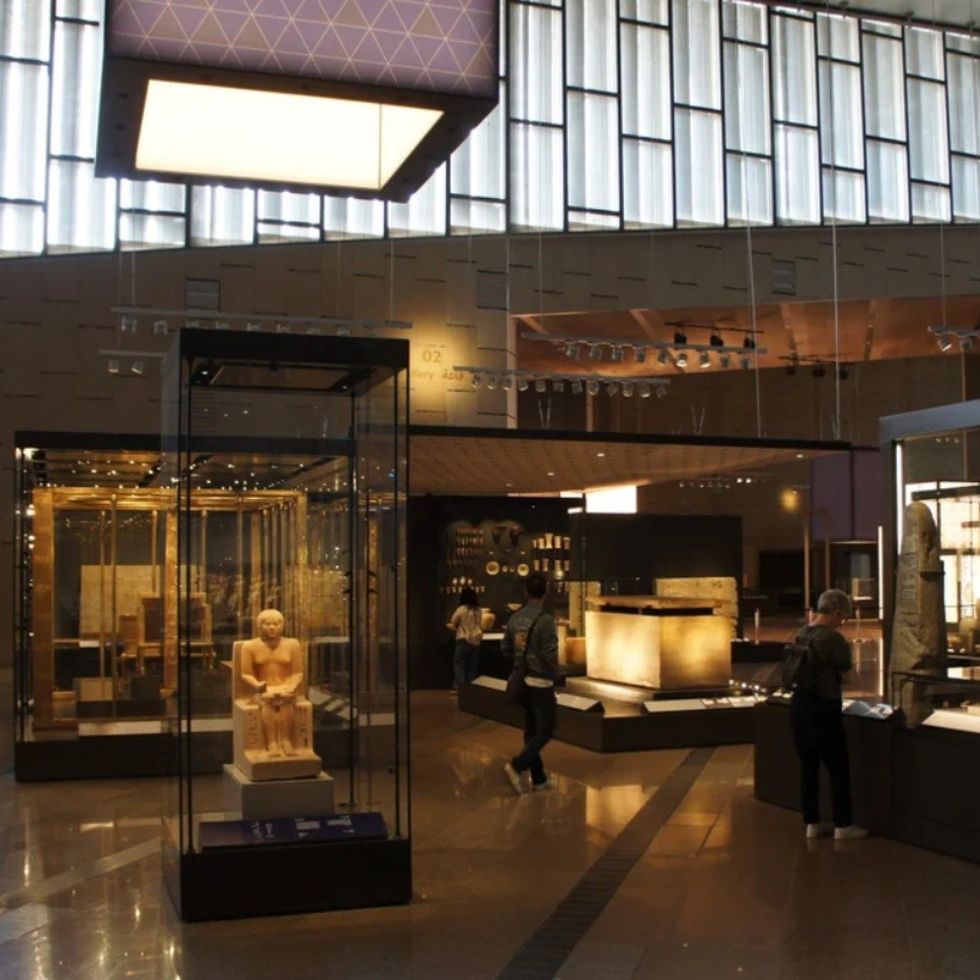
Technical features include:
- <0.1 AER airtightness
- Adjustable LED lighting integrated with plinths, partitions, and shelving.
- Concealed magnetic gaskets, invisible security locks, and custom interiors.
- Passive and active climate control for RH, temperature, and nitrogen.
- Remote-controlled centralised system with differentiated RH levels in individual cases.
These solutions are based on patented technologies developed in-house by the Goppion Research department, which, over the years, has established new paradigms in museum conservation engineering.
"GEM is emerging not only as a museum but also as a new cultural, archaeological, and scientific hub for Egypt and for the world," says the company.
"As always, Goppion brings together exhibition design and rigorous conservation requirements, advancing innovation in museum engineering to support the long-term protection of humanity’s shared heritage."
Earlier this year, Goppion celebrated the reopening of the Michael C. Rockefeller Wing at The Metropolitan Museum of Art, New York, for which the company produced 282 tailor-made display cases for the Arts of Africa, Oceania, and the Americas (AOAA) collection.
